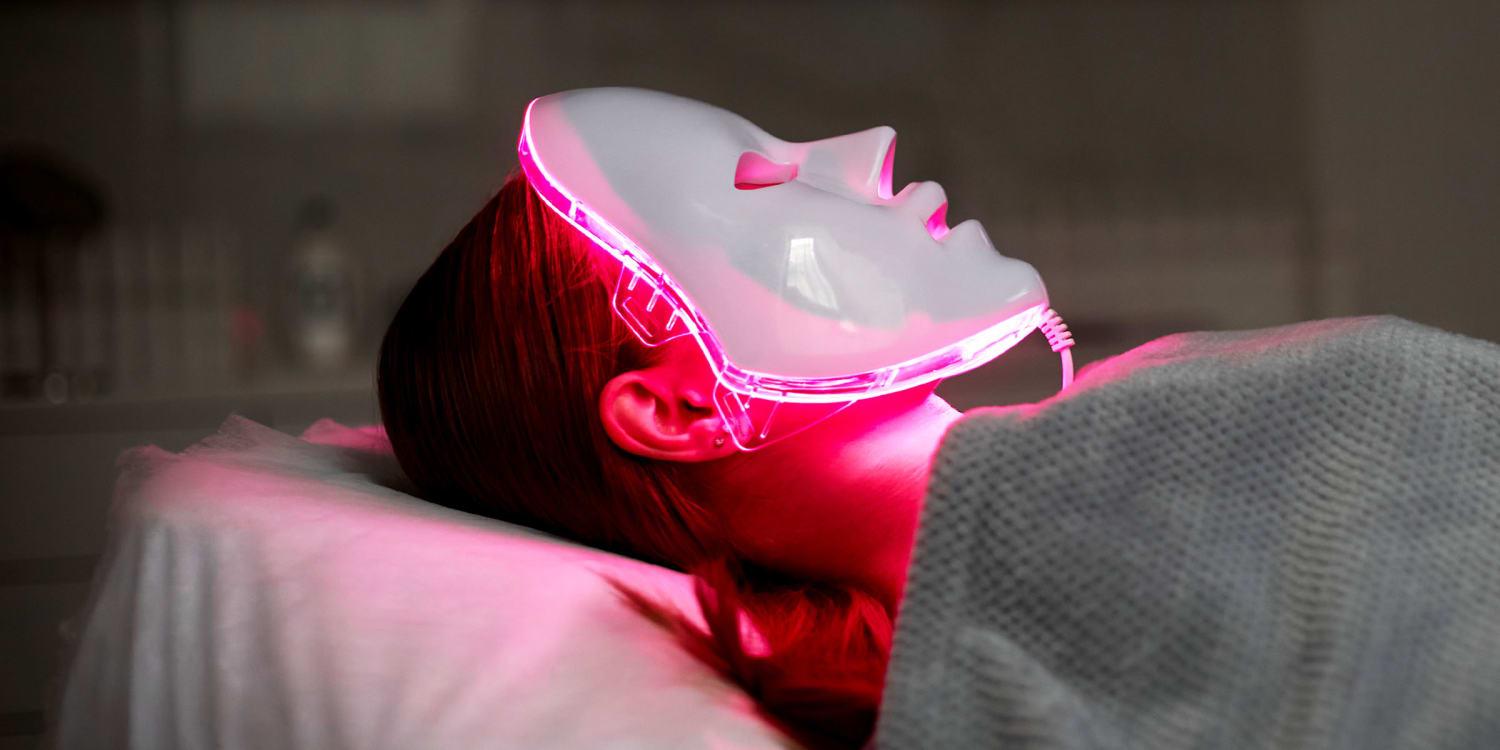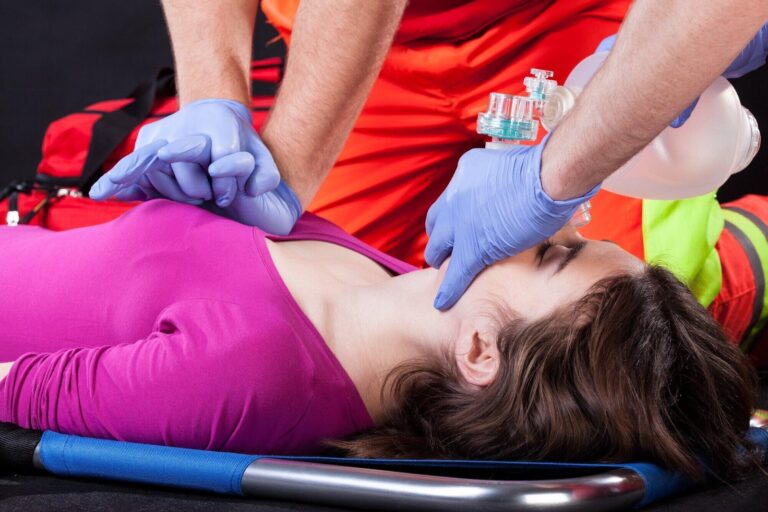
What is Red Light Therapy? A Comprehensive Guideline
Red light therapy, also known as low-level laser therapy (LLLT), and low-power laser therapy (LPLT) is a treatment that uses low levels of red or near-infrared light to help skin, muscle tissue, and other parts of the body heal. It involves exposing the skin to a lamp, device, or laser with red light, which is absorbed by the mitochondria in cells, potentially leading to increased energy production and cellular repair. Red light therapy is considered safe and non-invasive, and it does not expose the skin to damaging UV rays. Red light therapy is a non-invasive treatment that uses low levels of red or near-infrared light to help skin, muscle tissue, and other parts of the body heal. It has been shown to have several benefits, including promoting collagen synthesis, reducing inflammation, and improving skin texture. While it is generally considered safe, there are some risks to be aware of, and it’s important to do your research and choose a device that operates at the correct wavelengths and has been tested for safety.
How Does Red Light Therapy Work?
Red light therapy works by exposing the skin to low levels of red or near-infrared light, which is absorbed by the mitochondria in cells. This absorption can lead to increased energy production and cellular repair, potentially helping cells to become healthier and spurring healing in skin and muscle tissue.
What Does It Treat?
Red light therapy may help with a variety of conditions, including:
-
Dementia
One small study found that people with dementia who received regular near-infrared light therapy had better memories, slept better, and were less angry.
-
Dental pain
Another small study found that people with temporomandibular dysfunction syndrome (TMD) had less pain, clicking, and jaw tenderness after red light therapy.
-
Osteoarthritis
One study found that red and infrared light therapy reduced osteoarthritis-related pain by more than 50%.
-
Tendinitis
A very small study suggests that RLT lessens inflammation and pain in people with Achilles tendinitis.
- Wrinkles and other signs of skin aging and skin damage
Research shows that RLT may smooth the skin and help with wrinkles, acne scars, burns, and signs of UV sun damage.
What Are the Risks?
Red light therapy is generally considered safe, but there are some risks to be aware of. Too much light may damage skin tissue, while too little might not be effective. It’s also important to note that salon and at-home treatments are more likely to cause side effects or injury, and it’s recommended to talk to a doctor before starting red light therapy.
Where Do You Get Red Light Therapy?
Red light therapy can be done in a doctor’s office, but it’s also available in some salons and dental offices. Additionally, you can buy your own red light therapy device for at-home use. However, it’s important to do your research and choose a device that operates at the correct wavelengths and has been tested for safety.
Benefits of Red Light Therapy
-
Promoting collagen synthesis
Red light therapy is thought to promote collagen synthesis in the dermal layer of the skin and help to dial down inflammation in the skin.
-
Reducing inflammation
Red light therapy reduces inflammation in the skin and stimulates fibroblasts to produce collagen, which can reduce and prevent wrinkles and improve skin texture.
-
Improving skin texture
Regular use of red light therapy reduces inflammation and ramps up both collagen production and collagen density, leading to improved skin texture.






